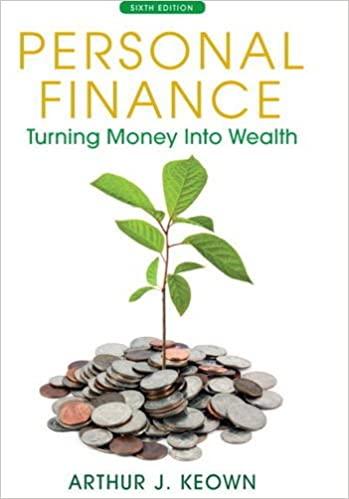
Finding operating and free cash flows Consider the balance sheets and selected data from the income statement of Keith Corporation that follow : 1 Data Table a. Calculate the firm's net operating profit after taxes (NOPAT) for the year ended December 31, 2019. b. Calculate the firm's operating cash flow (OCF) for the year ended December 31, 2019. c. Calculate the firm's free cash flow (FCF) for the year ended December 31, 2019. d. Interpret, compare and contrast your cash flow estimate in parts (b) and (c). a. The net operating profit after taxes is $. (Round to the nearest dollar.) December 31 Assets 2019 2018 Cash $1,550 $990 Marketable securities 1,760 1,240 Accounts receivable 1.950 1,820 Inventories 2.850 2,760 Total current assets $8,110 $6,810 Gross fixed assets $29,460 $28,060 Less: Accumulated depreciation 14,660 13.130 Net fixed assets $14,800 $14,930 Total assets $22,910 $21,740 Liabilities and Stockholders' Equity Accounts payable $1,590 $1,510 Notes payable 2,800 2,170 Accruals 210 350 Total current liabilities $4,600 $4,030 Long-term debt $4,940 $4,940 Total liabilities $9.540 $8,970 Common stock $9.970 $9,970 Retained earnings 3,400 2.800 Total stockholders' equity $13,370 $12,770 Total liabilities and stockholders' equity $22,910 $21,740 (Click on the icon here in order to copy the contents of the data table below into a spreadsheet Income Statement Data (2019) Depreciation expense Earnings before interest and taxes (EBIT) Interest expense Net profits after taxes Tax rate $1,530 2.690 369 1.834 21% Enter your answer in the answer box and then click Check Answer. Finding operating and free cash flows Consider the balance sheets and selected data from the income statement of Keith Corporation that follow : 1 Data Table a. Calculate the firm's net operating profit after taxes (NOPAT) for the year ended December 31, 2019. b. Calculate the firm's operating cash flow (OCF) for the year ended December 31, 2019. c. Calculate the firm's free cash flow (FCF) for the year ended December 31, 2019. d. Interpret, compare and contrast your cash flow estimate in parts (b) and (c). a. The net operating profit after taxes is $. (Round to the nearest dollar.) December 31 Assets 2019 2018 Cash $1,550 $990 Marketable securities 1,760 1,240 Accounts receivable 1.950 1,820 Inventories 2.850 2,760 Total current assets $8,110 $6,810 Gross fixed assets $29,460 $28,060 Less: Accumulated depreciation 14,660 13.130 Net fixed assets $14,800 $14,930 Total assets $22,910 $21,740 Liabilities and Stockholders' Equity Accounts payable $1,590 $1,510 Notes payable 2,800 2,170 Accruals 210 350 Total current liabilities $4,600 $4,030 Long-term debt $4,940 $4,940 Total liabilities $9.540 $8,970 Common stock $9.970 $9,970 Retained earnings 3,400 2.800 Total stockholders' equity $13,370 $12,770 Total liabilities and stockholders' equity $22,910 $21,740 (Click on the icon here in order to copy the contents of the data table below into a spreadsheet Income Statement Data (2019) Depreciation expense Earnings before interest and taxes (EBIT) Interest expense Net profits after taxes Tax rate $1,530 2.690 369 1.834 21% Enter your answer in the answer box and then click Check







